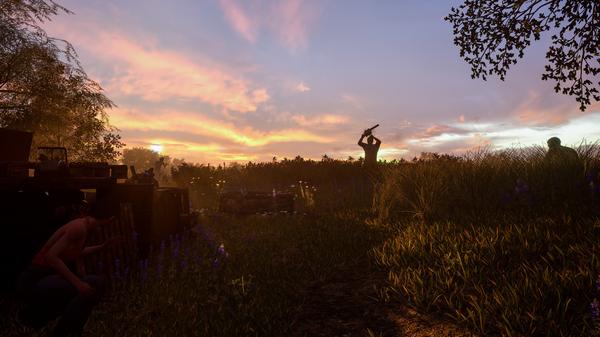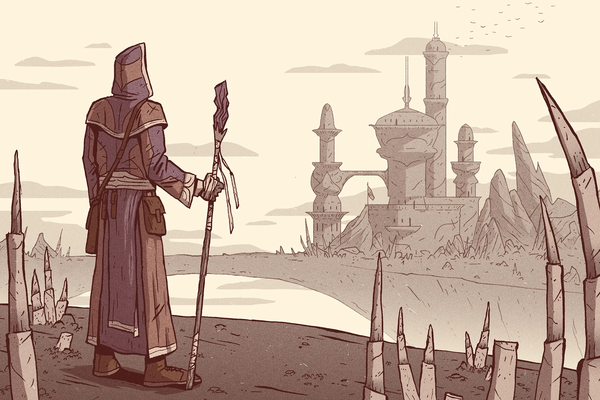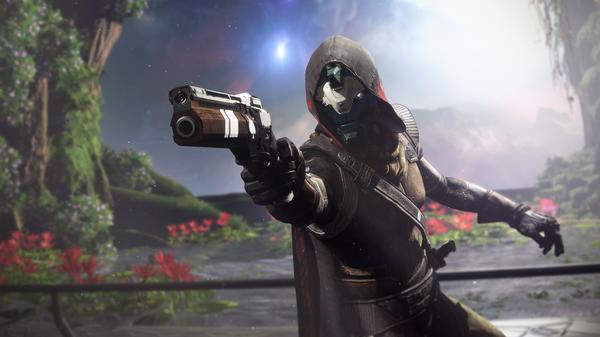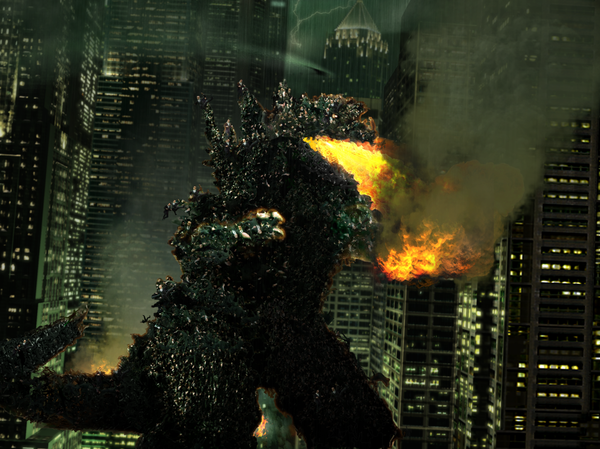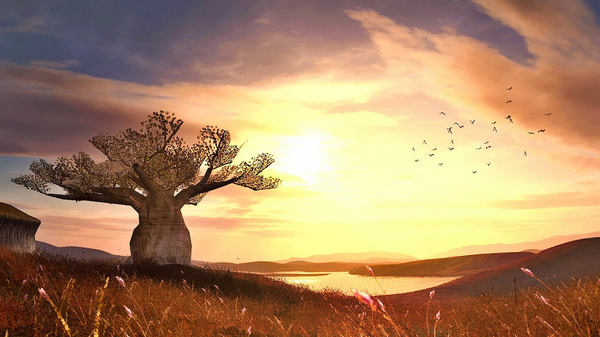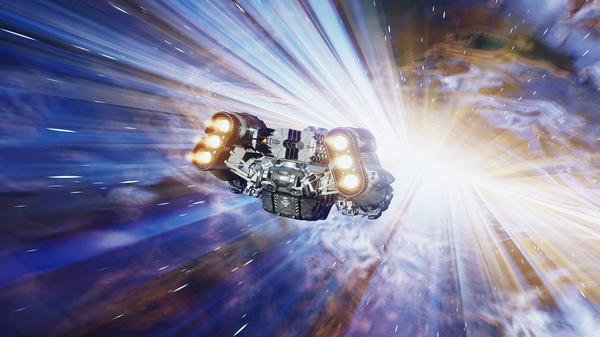
From Morrowind to Starfield: How Bethesda Defined the Role-Playing Game
After the artistic and technical hurdles of Oblivion and Fallout 3, Bethesda Game Studios hit another high point with The Elder Scrolls V: Skyrim, one of the most beloved games ever made. Skyrim combined the team’s love of Norse mythology, “low fantasy” like Conan the Barbarian, and the snowy, pine-laden mountainscapes of the Pacific Northwest. They sought out native Scandinavian speakers to lend authenticity to the game’s considerable voice-over cast, which included Christopher Plummer, Max von Sydow, and series mainstay Lynda Carter. And they pushed their tools and engine to new heights, crafting the franchise’s most lifelike game world to date.

